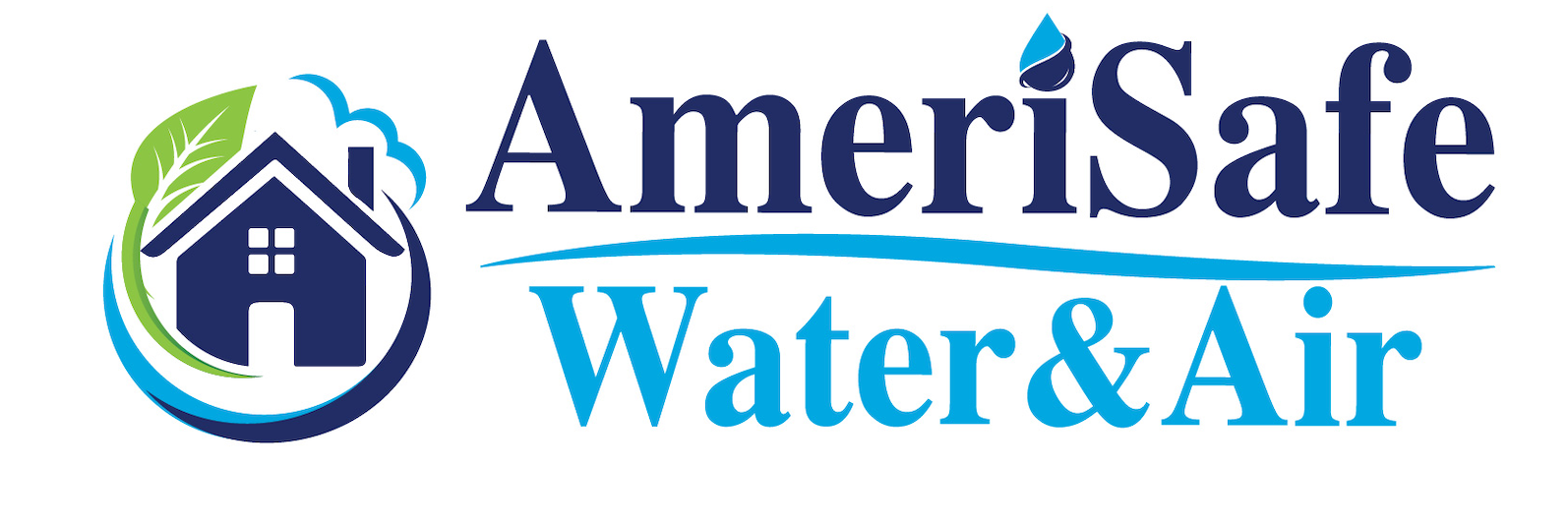Associations: NRPP, IEA (formerly AARST), NRSB, NGWA, NCGWA, WSC. Associated with Rowan Well Drilling
Like us on Facebook : AmeriSafe Water and Air
FAQ's -
Ask Duke!

Got questions about our services?
Don't worry! Buckle up for "Ask Duke," your one-stop shop for all things Amerisafe Water & Air. We'll dive deep into your most burning FAQs, leaving no stone unturned in our quest to empower you with knowledge. So, sit back, relax, and let Duke be your guide on this journey of service exploration!
Got a question not answered here? Send it straight to Duke, and he will tackle it head-on!
-
What are the health risks associated with radon exposure in homes?
Tumors will form in the lungs and can turn into Cancer and can lead to death.
Radon is the second leading cause of lung cancer deaths after smoking, and the two factors significantly amplify each other's risk.
-
Can radon levels vary significantly between neighboring houses?
Absolutely! Radon levels can vary significantly between neighboring houses, even those right next door. This is because several factors influence radon concentration in a specific location, and they can differ dramatically from one property to another.
-
How does AmeriSafe Water and Air ensure the accuracy of their radon testing?
We use certified labs and calibrated EPA-approved measuring devices. We offer both short-term and long-term testing. Once the test is complete the results are analyzed by our certified specialists and a mitigation plan will be put into effect.
-
How often should water quality be tested, especially in areas with well water?
To ensure the safety and quality of well water, it is generally recommended to conduct a basic water quality test at least once every year. This annual testing should typically include checking for bacteria (such as E. coli), nitrates/nitrites, and pH levels, among other locally relevant parameters. These tests help in detecting common water quality issues that might affect health.
However, for certain contaminants that are considered problematic or are known to be present in higher concentrations in your area, more frequent testing—every 6 months—is advisable. This could include substances like heavy metals (such as lead, and arsenic), specific chemicals (related to agricultural runoff or industrial pollution), radon, or volatile organic compounds (VOCs), depending on what's relevant to your local environment and water source.
-
What contaminants are typically found in drinking water, and how can they be removed?
Local health departments typically mandate testing for E. coli and coliform bacteria in water supplies. However, the Environmental Protection Agency (EPA) has established safety levels for over 90 different contaminants. Given the extensive list, it's challenging for most people to be fully aware of every contaminant and its respective safety threshold.
-
How does AmeriSafe Water and Air customize solutions for different residential and commercial properties?
Each property, whether residential or commercial, has its unique characteristics. Therefore, we tailor every system specifically to match the individual needs of each location. Following a thorough inspection of the site, we proceed to develop a customized mitigation plan.
-
What steps are involved in a typical well water maintenance service?
We conduct inspections of the pump, pipes, tank, switches, electrical wiring, water capacity, pressure, the well itself, and any additional equipment within the system.
PRIVATE WELLS
pH, Total Alkalinity
Many private wells in North Carolina offer a reliable and clean source of water for numerous individuals. However, there are occasions when pollutants might enter well water, potentially leading to illness.
What is pH?
pH is a measurement of the acidity or basicness of water. Water with a pH less then 7 uis acidic. Water that has a pH greater than 7 is basic. Water that has a pH of 7 is neutral, neither acidic nor basic.
What affects the pH level
pH levels and total alkalinity depend on the amount of minerals like carbonate, bicarbonate, and hydroxide in groundwater.
How can pH affect my health?
High and low levels of pH can cause gastrointestinal problems. Low pH (less than 4) can cause skin and eye irritation. High pH (greater than 10) can cause hair damage. High and low pH can cause corrosion which may cause more harmful contaminants to enter groundwater.
Alkalinity cannot impact your health.
Where can I find more information on Well Water and pH?
on the NCDHHS. gov website.
Contact Information
Phone: 704-431-6231
Address: 4840 Sherrills Ford Rd Salisbury, North Carolina 28147-7544
Business Hours
- Mon - Fri
- -
- Sat - Sun
- Closed






